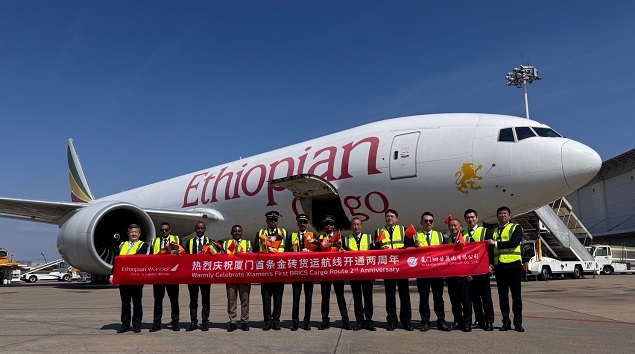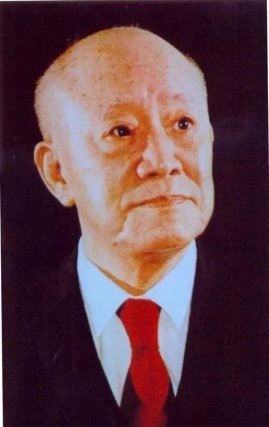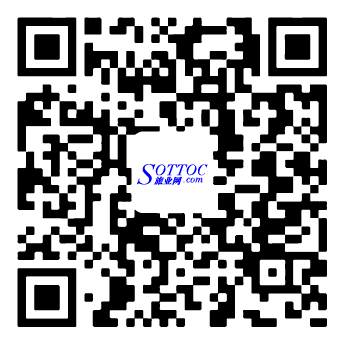“We Are Still Here!” —Indigenous Legacy Amplified through Tourism
The World Travel & Tourism Council (WTTC) research report, Supporting Global Indigenous Tourism launched in 2024 forecasts the global Indigenous tourism sector will grow from US$44.86 billion in 2024 to US$67.05 billion in 2034. The report identifies the common challenges, shares case studies and best practices, and calls for effective policies.
Among the worldwide examples cited by the WTTC report is the American Indian Alaska Native Tourism Association (AIANTA) of the United States, voicing strongly on the Indigenous-led narratives. AIANTA’s own research in conjunction with SMS Research in 2024 unveiled significant figures for the U.S.: American Indian, Alaska Native, and Native Hawaiian-owned tourism firms generated $15.7 billion economic impact in 2019; from 2017 to 2020, the sector’s jobs increased 78.2%; tourism firms increased 230% to reach over 133,000. The report shed light on the enormity of this sector. “We Are Still Here!” is an affirming statement.
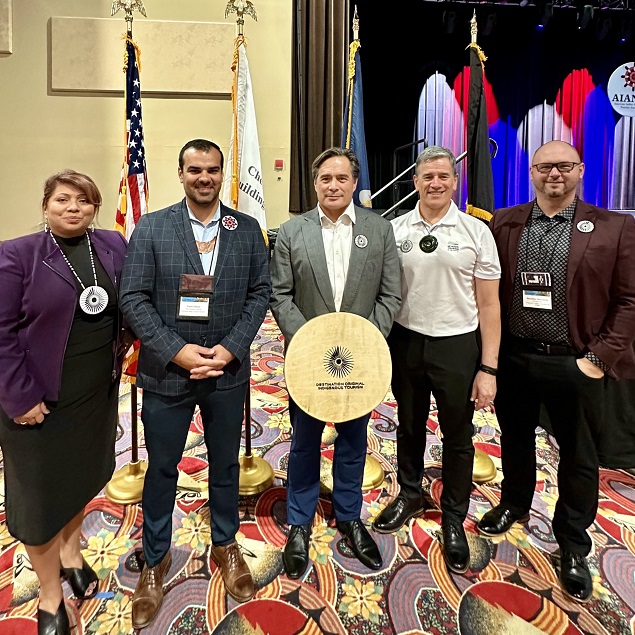
Three leading Indigenous tourism organizations in the U.S., Canada, and New Zealand launched a global Indigenous tourism partnership: Destination Original Indigenous Tourism (Credit: Destination Original Indigenous Tourism)
The Indigenous Tourism Leader: AIANTA
The Indian Affairs of the U.S. services 574 federally recognized tribes with approximately 2.5 million American Indian and Alaska Natives. Indigenous communities’ complex yet remarkable history and cultures represent a distinctive tourism market.
For 26 years, AIANTA has been dedicated to advancing cultural heritage tourism in Native Nations. AIANTA’s CEO and President, Sherry Rupert, is a catalyst bridging the Indigenous travel trade and the outside world. AIANTA’s decades of efforts have made it a fast-growing trade association. Since 2019, its memberships have increased by 42%, revenue increased by 66%, the budget grew by 284% and assets increased by 229%. The collective national efforts brought one million international travelers to the Native countries in the U.S. in 2022.
Each Native Nation operates in sovereignty; AIANTA’s top priority is to unite them under the common goals. The 26th Annual American Indigenous Tourism Conference was held in Louisiana this past October, joined by representatives from 64 tribes and 28 Indigenous groups sharing geography with 32 states. A strong public & private organizational contingent was at present, including the National Travel & Tourism Office, the Office of Indian Economic Development, the U.S. Forest Service, along with the trade associations: Adventure Travel Trade Association, National Tour Association, International Inbound Travel Association and the Platinum Sponsor Brand USA. At the conference, AIANTA entered a new partnership with the Indigenous Tourism Association of Canada and New Zealand Māori Tourism. One year in the making, the three leading global Indigenous tourism organizations created a new platform, Destination Original Indigenous Tourism (DO-IT), with the mission to provide leadership in developing/marketing authentic Indigenous tourism destinations.
Captivate Indigenous Tourism Offerings
My travels have taken me to hike the Monument Valley Tribal Park in Utah, surrounded by striking red sandstone formations; to Taos Pueblo in New Mexico—a UNESCO site, marveling at the intricacy of multi-storied residential structures built by sun-baked adobe; to play Stickball and wave basket at Tunica Biloxi Tribe in Louisiana… Still, there is much more to explore: vibrant powwows, wildlife viewing, rafting/kayaking, stargazing, homestays, cookouts, or enjoying “three sisters stew” ... My must-do list includes:
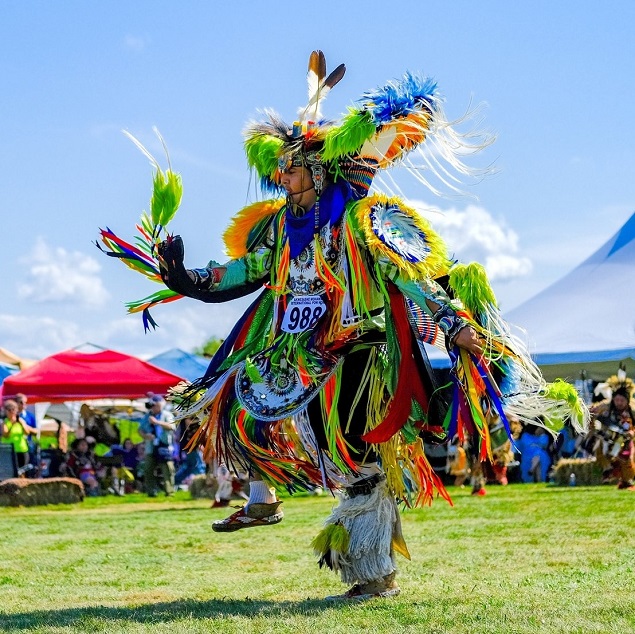
International Powwow (Credit: Akwesasne Travel _ Caption_ Akwesasne)
Native horse relay. Horse relays trace back to the 1900s. The modern-day Championship of Champions are relay races with regional races leading up to the final in Wyoming. A team rider rides on bare horseback and changes horse every lap for three laps. The event contains all divisions: women, juniors, youth, kids (starting 6 years old). It highly challenges horsemanship, and ultimately tests bravery/commitment. It’s a thrill to watch!
Native art. Exquisite & expressive Indigenous art creativities are reflected in jewelry-making, beadwork, pottery, sculpting, woodcarving, basketry... Amazingly, tribal citizens all participate in one way or another. Some contemporary artists have emerged to the top on the national stage, like Preston Singletary, a multicolored glasswork artist whose masterpieces of giant, glow & dazzling work exhibit high artistry while telling heartfelt Indigenous stories.

Glass art exhibition by artist Preston Singletary of Tlingit Nation (Credit: Haybina Hao)
Art is an integral part of Indigenous tourism. Santa Fe Indian Market in New Mexico attracts 100,000 visitors annually, generating over $165 million in economic impact. Indian trading posts across the U.S. welcome visitors all year round and promote Native art appreciation & sales.
Native fashions. Native fashion designs have long been recognized by some sharp business eyes. For generations, Native-inspired moccasin shoes have been the bestsellers in metropolitan malls. In 2023, Polo Ralph Lauren teamed up with Navajo artist Naiomi Glasses to market splendid designs. Contemporary patrons appreciate Indigenous expressive styles, vivid colors, and the use of sustainable materials. Last year, the debut Native Fashion Week took place in Santa Fe, alluring nationwide Native designers, models, buyers, tourists. Native fashion tourism not only represents a unique linkage of culture, creativity, and economic opportunity but also brings joyous entertainment to visitors.
Hiking & camping. The land is the biggest asset Indigenous people have, where they live, and their hearts are placed. Hiking is a superb way to interact and understand their fundamental values and lifestyles. Among the countless trails bordering or crossing the tribal lands, long or short, are the U.S.-renowned Triple Crown Trails—Appalachian Trail (across 14 Eastern states), Continental Divide Trail (across Mountain West), and Pacific Crest Trail (across the West)—each offers diverse natural, interpersonal, and physical experiences. AIANTA’s website NativeAmerica.travel showcases itineraries, trails, events, maps, and more, covering all 12 Indigenous territories and searchable in 11 languages to welcome international tourists.
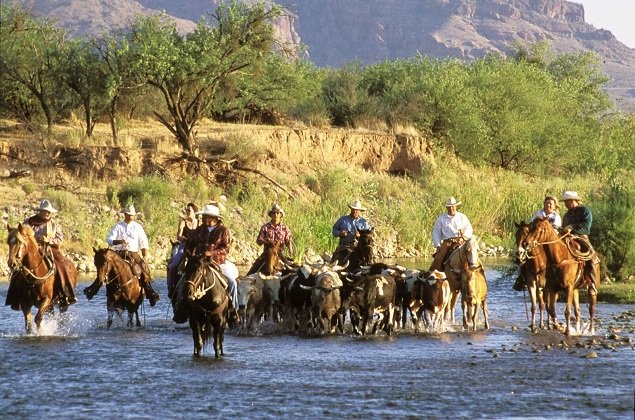
Tours on tribal land (Credit: Fort McDowell Yavapai Nation)
Community Sustainability at the Core
Tourism in Native communities directly impacts at least 13 of the 17 United Nations Sustainable Development Goals, including Decent Work & Economic Growth (#8), Sustainable Cities & Communities (#11), Life on Land (#15). Blessed by resourceful lands/nature, tourism would be the best solution for Native countries’ social & economic empowerment and conservation. Cultural tourism, eco-tourism, agritourism, adventure travel, geo-tourism, and rural tourism, all anchored by community-based tourism, can significantly promote sustainable growth.
Indigenous communities are not fighting alone. According to joint research by the Adventure Travel Trade Association and Switzerland Tourism in Creating Sustainable Experiences in Adventure Travel, nearly two-thirds of global travelers want to travel more sustainably. Meanwhile, the travel industry is reformulating travel experiences to meet this desire. Regarding the disconnect between travelers' desire for sustainability and their ultimate choices, new research by the WTTC and knowledge partner YouGov, titled Bridging The Say-Do Gap: How to create an effective sustainability strategy by knowing your customers, provides actionable guidance on how the travel industry can offer solutions that make sustainable travel more accessible and attractive.
Indigenous communities receive support from various avenues. AIANTA keeps the communities closely informed of the grants and other resources available. Under a cooperative agreement, AIANTA and the National Park Service jointly develop Indigenous heritage content. For example, the 4,900-mile Lewis & Clark National Historic Trail project resulted in a much-enhanced, content-rich LewisandClark.travel website, providing practical how-to information that connects the tribal lands across 16 states. The Lewis & Clark Trail Heritage Foundation is another contributor dedicated to preserving the trail’s heritage.
The Indigenous-led initiatives can lead to the best sustainability outcomes because they always tackle the very key issues. The Eastern Band of Cherokee Indians (EBCI) in North Carolina built the 11-mile-long Fire Mountain Trail in 2017, making it the only free-use e-bike trail in Western N.C. EBCI has subsequently become much more vibrant with new services and bike race events, capturing a portion of the annual 14 million visitors to the Great Smoky Mountains National Park. EBCI citizens who participate in biking also see obvious health benefits in combating obesity/diabetes. More excitingly, a study by Appalachian State University found that the trail generates $1.5 million in economic impact annually, all feeding back to EBCI. The initial $450,000 investment continues to generate encouraging returns on all fronts.
Sustainable development calls for joint efforts from both public-private sectors. The ASEAN Community Based Tourism Standard (ISBN 978-602-0980-77-5) is a 270-page comprehensive guideline in this area. Released in 2016 by the Association of Southeast Asian Nations—a 10-country intergovernmental organization—the document provides principles, performance criteria, checklists, and more to guide all tourism service categories. It’s an implementable framework to refer to.
Next year the U.S. will celebrate the 250th birthday. Indigenous communities across the U.S. will showcase their cultures/heritages through mage tourism events. “We are still here!”—The storytelling will be in stronger Indigenous voices.

相关文章
 请扫描左侧二维码添加关注“旅业网”,或搜索微信公众号“旅业网”,了解旅游行业动态及价值资讯。旅业传媒,引领行业创新发展的媒体集群。
请扫描左侧二维码添加关注“旅业网”,或搜索微信公众号“旅业网”,了解旅游行业动态及价值资讯。旅业传媒,引领行业创新发展的媒体集群。 



 0
0

 2025-02-12
2025-02-12


